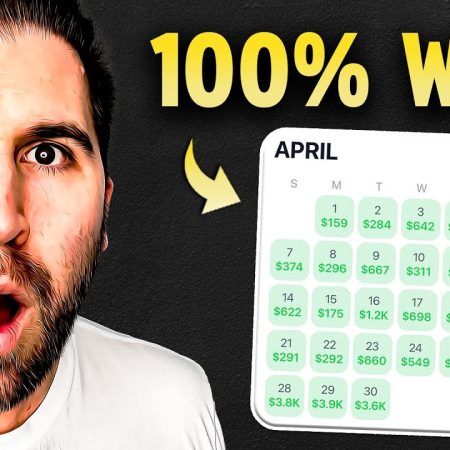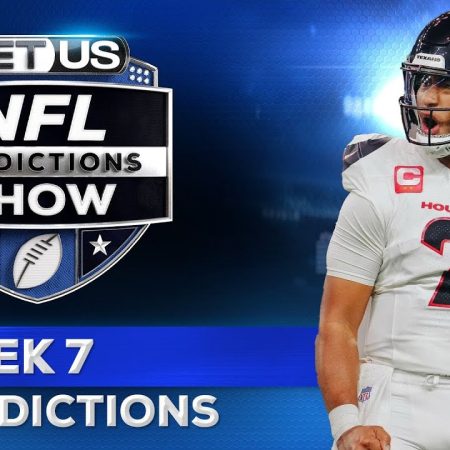Video Summary
When it comes to betting odds, understanding what they truly mean is crucial to making informed decisions. Odds can be represented in fractions, such as 13 to 5, or decimals, like 3.6. The former is saying that for every five pounds bet, the bookmaker will return 13 pounds in profit if the bet wins. The decimal odds work slightly differently, with 10 pounds bet at 3.6 odds resulting in a return of 36 pounds.
What's often overlooked is that odds can be converted to implied probability or percentage chance. For example, a fraction of 13 to 5 can be converted to a decimal of 3.6, which represents a 27.77% chance of an event occurring. The shorter the odds, the higher the implied probability, and vice versa.
Bookmakers make money by offering odds shorter than the true probability of an event occurring. They take the true probability, which might be 27.78%, and offer a higher probability, such as 33.33%, to make a profit. To win at betting, one must invert this process and take advantage of the disparity between true probability and bookmaker odds.
While it's impossible to predict the outcome of an event with 100% accuracy, it's possible to define and refine a percentage chance or probability of an outcome occurring. Bookmakers know this and use it to their advantage, offering shorter odds than the true probability to make a profit. By understanding how odds work, bettors can make more informed decisions and potentially win in the long run.
How Do Odds Work In Betting? A great question that quite rightly should be queried when placing bets. Odds have been …
How Do Odds Work In Betting? A great question that quite rightly should be queried when placing bets. Odds have been …
















